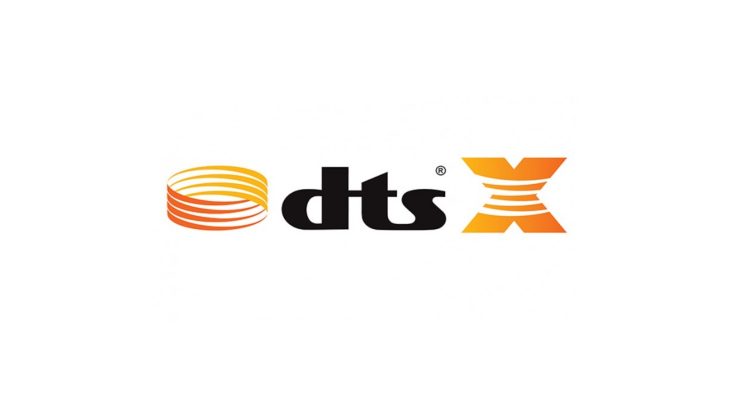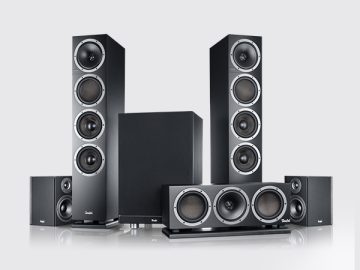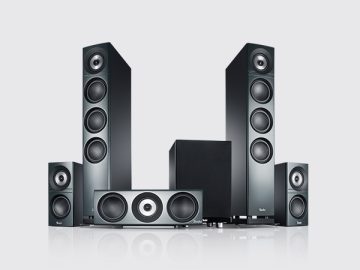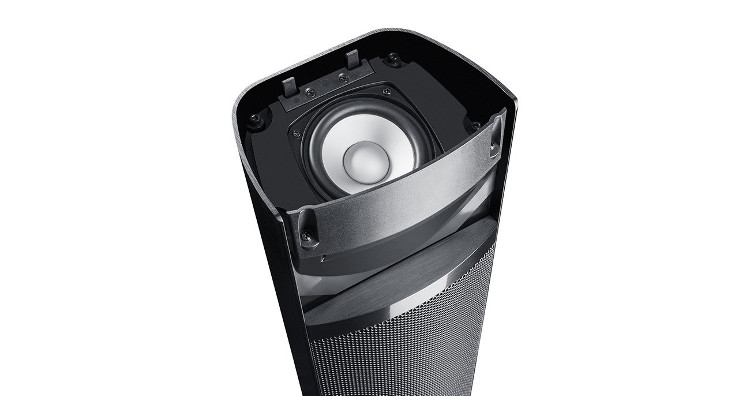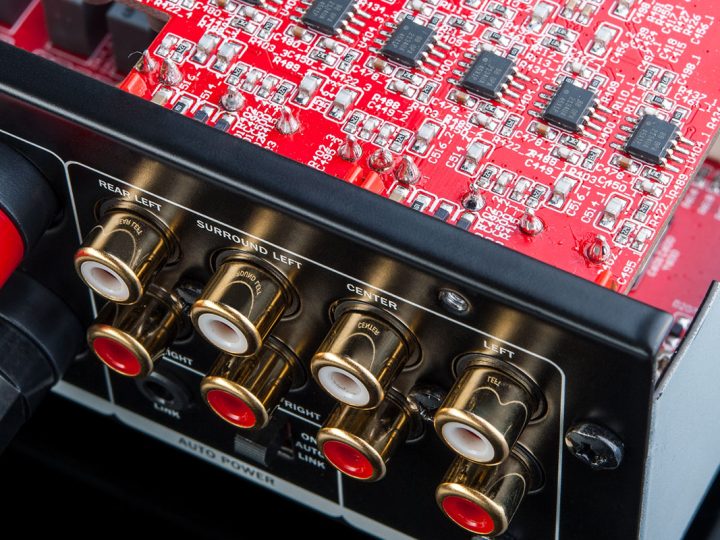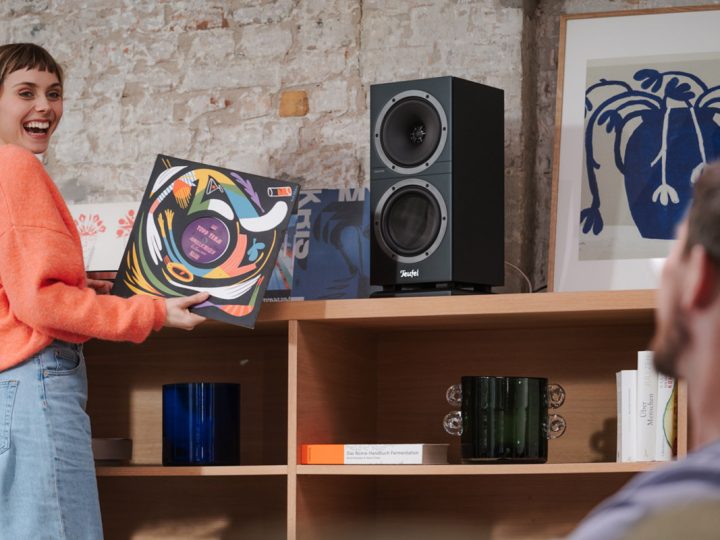DTS:X came out just after Dolby Atmos on the market and is seen by Hi-Fi fans second 3D standard. And it’s still unclear which one will push above the other. However, don’t fear about investing in the wrong one. We’ll tell you why you should get scared and all the need-to-know details about DTS:X you need to know.
The technical basics of DTS:X
For a long time, home cinema and movie theatre systems have at best neglected the height dimension, but in most cases, they have not even considered it. When birds chirped in the sky or aeroplanes roared in the film, they were reproduced via the front speakers or as surround sound effects, but not from above like in reality.
Like Dolby Atmos, DTS:X can playback height effects. Both formats save the sound effects intended for the height dimension as audio objects. This process is fundamentally different from the way conventional surround sound formats treat the mixed audio channels: With the channel-based method, the audio tracks are permanently assigned to the speakers of a system (usually 5.1 or 7.1). The sound information stored as audio objects, on the other hand, can be flexibly assigned by sound designers depending on the speaker setup.
In DTS:X, as in Atmos, the audio information is not exclusively encoded as variable objects. Parts of the sound scenery such as the film music are still mixed as fixed assigned soundtracks. In DTS:X the sound objects are based on the channel-based DTS-HD core codec.
DTS:X setup– flexible integration for three dimensional sound
Due to the flexible nature of the audio information, DTS:X does have a set amount of speakers or set up. This means you can place traditional 5.1 or 7.1 setups as you like when using DTS. For example, two ceiling loudspeakers directed towards the listening area are possible.
More demanding setups can have four more additional speakers to them. An A/V receiver with DTS:X Support can automatically detect how many speakers are a part of the setup. 3D Effekt loudspeakers, that have specifically created for the Dolby Atmos also support DTS:X
The various setup possibilities:
- ✔ Celling speakers: With the included parts and mount the speakers can easily be placed on the ceiling.
- ✔ Wall speakers (Heights): They are mounted on the wall directly below the ceiling, usually above the two front speakers.
- ✔ Up-Firing loudspeakers: These can be placed on the front speakers and radiate sound waves to the ceiling. The sound reflections are perceived as sound coming from above.
The A/V receiver must be able to decode data stored in DTS:X and have the appropriate number of outputs.
Home cinema with a thump
DTS:X vs. Dolby Atmos vs. Auro-3D – who is winning the race?
DTS:X, Dolby Atmos and Auro-3D have been on the market for a few years now, with DTS:X being the last of the three new 3D sound formats to appear on the first A/V receivers in January 2016. It is not yet possible to estimate whether one standard will completely replace the other. Currently, Dolby Atmos has the edge when it comes to the selection of film material. This applies to the cinema productions of the major film studios as well as to streaming content with Atmos sound at Netflix. However, there is also a decent selection of movies that are mixed in DTS:X. Only with Auro 3D is the selection very limited so far.
For customers, the question of which standard will prevail is hardly relevant. Because Teufel speakers support both standards. Similarly, good A/V receivers generally master at least the two market-leading 3D standards.
Teufel Reflekt and other 3D sound wonders
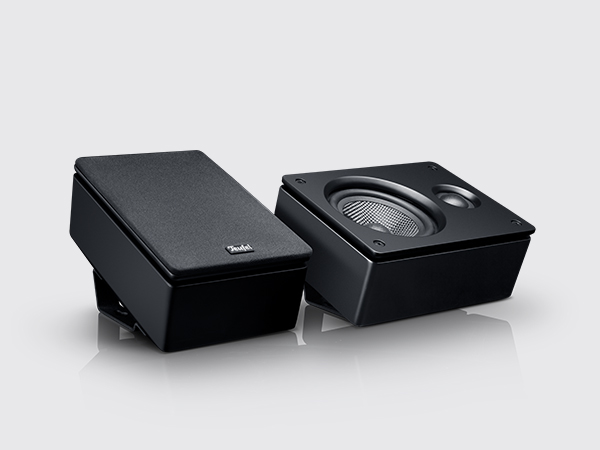
Breathtaking 3D sound is not reserved for audio nerds alone. Teufel’s sets make your ceiling sound without the need to attach speakers. These are some great alternatives to ceiling speakers:
▶ Reflect: The expansion set is the crowning touch to your home cinema system. The high-end transducers can be mounted as ceiling speakers or heights, and as up-firing speakers, you can place them directly on the front or rear speakers. In addition to the DTS standard, they also support Dolby Atmos and Auro-3D.
▶ LT5 licensed by Atmos: This speaker set catapults your home cinema into the 3D age. The highlight: The treble speakers are integrated as up-firing speakers in the column speakers. And even “on the ground” everything is in perfect order thanks to the outstanding 3-way column speakers.
In the Teufel shop, you’ll also find matching Onkyo A/V receivers with integrated DTS:X and Dolby Atmos support. The A/V receivers act as a streaming hub, with support for Bluetooth and Chromecast built-in. The Onkyo receivers are available in three versions:
Dolby Atmos for 3D sound in home cinema
Conclusion: DTS:X extends 3D compatibility
- DTS:X is an audio format for the playback of height effects in home cinema.
- The audio information is stored as sound objects and can be freely assigned to the available speakers.
- DTS:X is not linked to specific speaker setups and can be played back through the same speaker setups as Dolby Atmos.
- To playback DTS:X, an appropriate A/V receiver and speakers are required.
Header image: © By DTS (Transferred from en.wikipedia) [Public domain], via Wikimedia Commons
